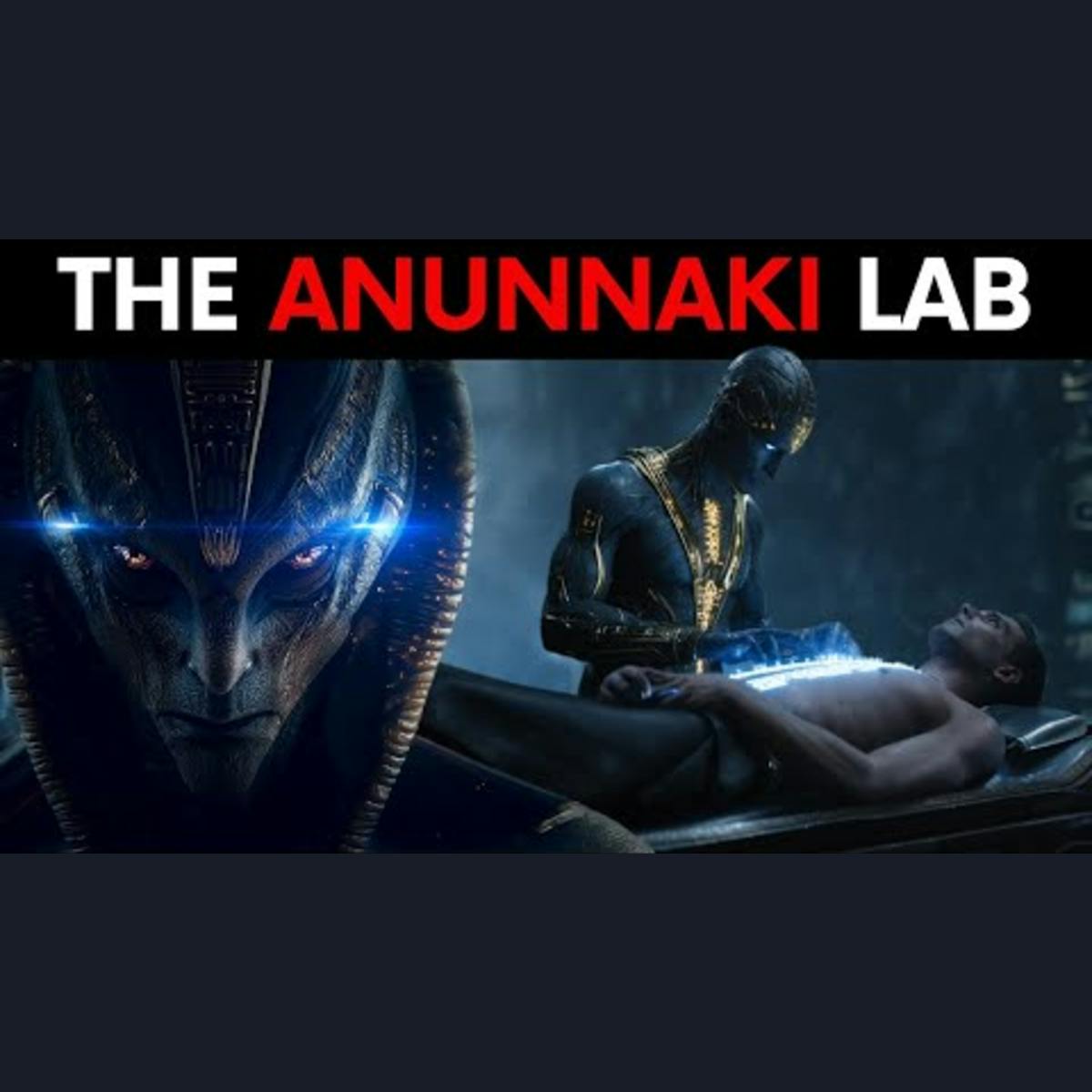Was the divine ever truly visible? Journey from Mesopotamian seals to mystical visions, exploring how gods—Anunnaki, Orishas, Devas—have been perceived across cultures and consciousness.
This exploration delves into how ancient civilizations described and represented divine beings, emphasizing the Anunnaki of Mesopotamia, documented in Sumerian and Akkadian texts as powerful deities. While mainstream scholars view them as mythological, alternative theories—such as those by Zecharia Sitchin—suggest the Anunnaki were advanced extraterrestrial beings from a planet named Nibiru, influencing early human civilization.
Artifacts such as the Adda Seal and VA 243 showcase detailed iconography, including winged figures, horned crowns, rods, and what seem to be tools or devices. These recurring motifs, seen in the Apkallu with their pinecones and handbags, hint at symbolic meanings or encoded knowledge of advanced technology. Similar divine imagery is found in Egypt, Greece, India, and West Africa, where divinity is depicted through symbolic colors, animal-human hybrids, and ritual concealment.
In Hebrew tradition, Yahweh’s face remains unseen; the divine is revealed through light, fire, or voice. Across cultures, colors like red, silver, blue, and radiant white are associated with divine presence, suggesting cosmic or metaphysical origins, rather than human traits. These colors are seen as expressions of vibration or frequency rather than literal skin tones.
Divine forms are explored not just as physical structures but through sacred geometry and symbolic features. In Kabbalah, Hermeticism, and Gnostic teachings, the divine form is portrayed as light-based, encoded in the Tree of Life, Adam Kadmon, or Platonic solids. The gods are remembered through consistent representations in form, attire, and tools.
Sound is another medium of divine communication. In Vedic tradition, the syllable "OM" is the sound of creation; Hebrew texts reference trumpets and thunder, while drumming and chanting in indigenous traditions invoke divine presence, create altered states, and facilitate access to spiritual realms.
The discussion also covers divine messengers—Hermes, Thoth, Metatron, Gabriel—who transmit knowledge across realms, acting as bridges between the human and divine by carrying wisdom, geometry, or sacred law.
Visionary experiences—dreams, rituals, trance, and entheogens—are shown as ancient techniques for perceiving divine beings. Through altered states, many cultures report contact with radiant, non-human entities, questioning whether gods are multidimensional intelligences or preserved memories from humanity’s deep past.
The Anunnaki are portrayed as more than myth—as beings who once walked the Earth, shaped humanity, and were possibly remembered in stone, symbol, and sound. Whether gods are archetypes, extraterrestrials, or metaphysical forces, they remain central to human consciousness.
This exploration invites viewers to examine how divine presence has been visualized, felt, and recorded over time, revealing insights into our shared quest for origin, meaning, and connection beyond the visible world.
00:00:00: Intro00:00:55: Evidence00:09:53: Individual Faces, Shared Archetypes00:21:15: The Divine Face That Must Not Be Seen00:30:45: Colors of Divinity00:38:35: The Body of the Gods00:44:15: Sound of the Divine00:49:18: Messengers of the Divine00:53:40: Peering Beyond the Veil00:58:05: The Unfinished Vision
#Anunnaki #gods #divinebeings #Mesopotamia #ZechariaSitchin #extraterrestrial #Nibiru #ancientcivilizations #artifacts #symbolicmeanings #sacredgeometry #visionaryexperiences
See show notes: https://inlet.fm/anunnaki/episodes/6910d733bf74dfd5cf78f7b0
Learn more about your ad choices. Visit podcastchoices.com/adchoices



















what about lilith's story in Hebrew Bible